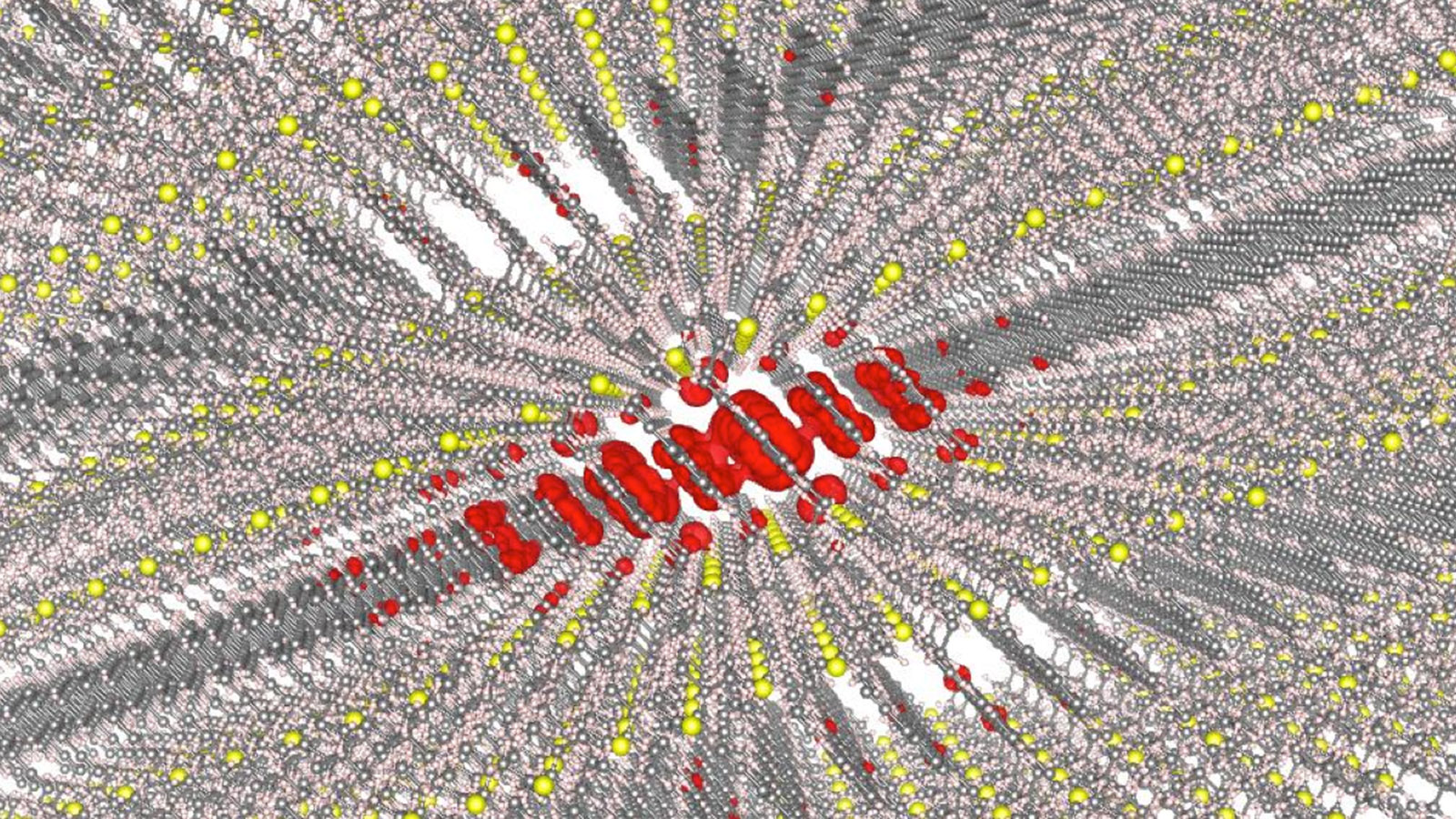

The Sharifzadeh Group at Boston University uses computational modeling to understand and predict the electronic and optical properties of materials, with applications in energy conversion, electronics, and nanotechnology. The group specializes in first-principles quantum mechanical simulations, which allow for the exploration of complex materials at the atomic and electronic levels without relying on experimental data. These simulations provide critical insights into how materials behave under different conditions, enabling the design of new materials with tailored properties for specific applications.
A key focus of the Sharifzadeh Group’s research is the study of organic and inorganic semiconductors, which are crucial for developing next-generation solar cells, light-emitting diodes (LEDs), and transistors. The group uses advanced density functional theory (DFT) and many-body perturbation theory (MBPT) techniques to model how electrons interact in these materials, predicting their conductivity, exciton dynamics, and energy band structures.
The group also investigates two-dimensional (2D) materials, such as graphene and transition metal dichalcogenides, which hold promise for use in flexible electronics and energy storage. By simulating these materials' unique electronic and optical properties, the Sharifzadeh Group aims to uncover fundamental design principles that can guide experimental research and accelerate the development of new technologies for energy-efficient devices and materials.